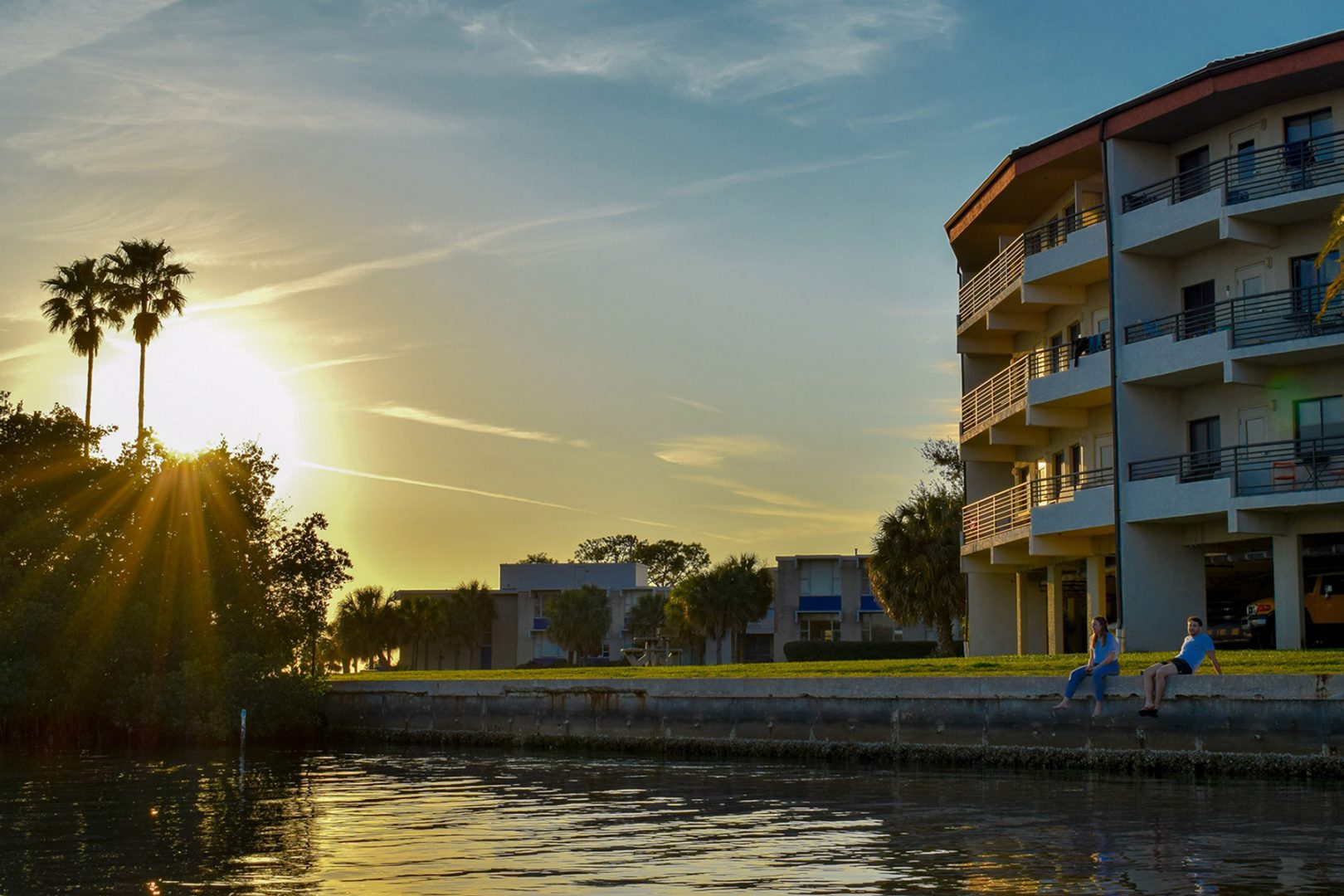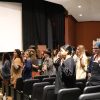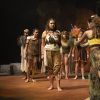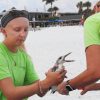
Eckerd College students sit along the seawall next to the Omega residence hall. Photo: Hunter Blencowe ’19
Portions of Eckerd College’s oft-photographed seawalls will be getting a sustainability makeover, courtesy of a $150,721 grant from the Tampa Bay Environmental Restoration Fund stewarded by the Tampa Bay Estuary Program.
The three-phase, 24-month project is set to begin this fall with direction from Assistant Professor of Environmental Studies Jesse Sherry, Ph.D., who will be joined by two project partners: the project-construction firm Environmental Science Associates (ESA) and nonprofit environmental group Tampa Bay Watch. In Phases 1 and 2, activities are to design and acquire permits for a total of 1,230 linear feet of shoreline reconstruction along the campus’s seawall on Boca Ciega Bay. Phase 3 activities include demolishing 400 linear feet of seawall and replacing it with native vegetation and a gradually sloped shoreline up to a raised sidewalk along Frenchman’s Creek between the Gamma and Omega Residence Hall complexes, across from Pinellas County’s Maximo Park.
Later, on the western portion, the seawall will be removed and replaced with a tiered seawall with native plantings.
According to the proposal, student volunteers will be responsible for a minimum of 240 hours of community service cleaning up the seawall and surrounding area to prepare for demolition and installation. Additionally, a student intern reporting to Director of Sustainability Evan Bollier ’11 will be responsible for 25 hours of work including marketing, social media and volunteer coordination.
“The project also proposes placing oyster bags, oyster domes and seagrass to combat wave energy,” Bollier says. “With a campus this close to sea level, it’s important to break up the energy of surging water during storms, and taking out the seawall also allows water that does surge up to recede without being trapped.”
Eckerd College is following the model of its southern neighbor, Maximo Park, which contracted with ESA for a seawall removal project supported by St. Petersburg city government.
“As a private institution, Eckerd can really be a model and leader for other [waterfront] colleges and local residents who live on the water and are unsure about the benefits of seawall removal for their property, and the local environment,” says Tom Ries, Southeast Biological Services and Restoration Director of ESA. “We can point them to Eckerd College and say ‘Come and see it for yourself.’”
The College has committed to match the grant to the tune of more than $153,000 to complete all three phases of the project. Complementing the positive environmental and aesthetic impacts of parting ways with sections of aging seawall is an academic component for Eckerd students. Eight faculty members from four disciplines have committed to integrating the living shoreline construction into their curricula during the 24-month project period—including Sherry, who teaches Introduction to Environmental Studies, Green Design and Sustainable Cities.
“My expertise is sustainability, architecture and urban planning—this stuff,” Sherry says. “I’m very interested in the design process and hope to have the designer come as a guest speaker to my class. This is an important conversation to have about the sustainability of cities amidst the challenges of sea level rise. Eckerd makes the perfect lab because physically and biologically there is a lot going on with our shoreline.”












